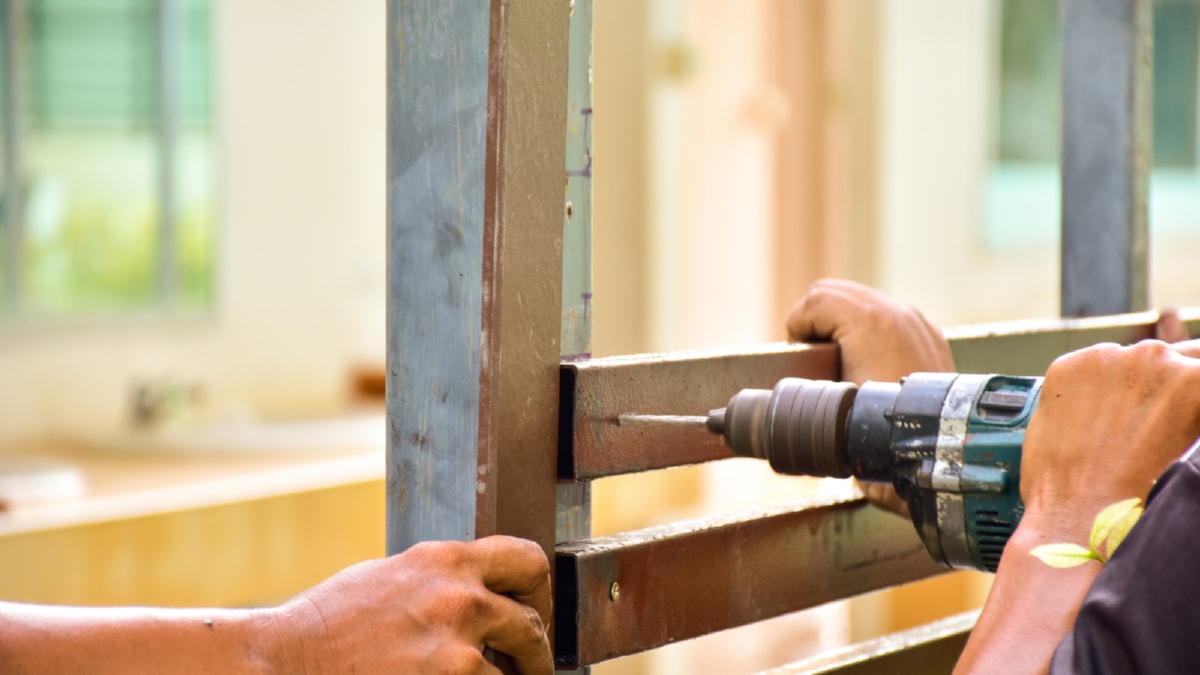Building construction is a vast and intricate field that requires a comprehensive understanding of various processes, from architectural design to material selection. This ultimate guide aims to provide a fundamental grasp of these areas, enabling you to make informed decisions during your construction projects.
The first step in any construction project is the architectural design process. An architectural design is essentially a blueprint of the proposed building, outlining the layout, structural details, and functional aspects. It serves as the foundation for all subsequent steps in the construction process. The design phase involves several professionals, including architects, civil engineers, and interior designers, all working in unison to create a cohesive and functional plan.
Architectural design is not just about creating aesthetically pleasing structures; it also entails considerations about the building’s sustainability, safety, and longevity. Key elements such as the building’s orientation, the spatial distribution, structural integrity, and compliance with building codes and regulations are all expertly integrated into the design.
After creating a sound architectural design, the next step is to delve into the construction phase. This process involves the physical translation of the design into a tangible structure. A construction project involves a myriad of activities, such as site preparation, foundation construction, erecting structural components, installing systems like heating, ventilation, and air conditioning (HVAC), plumbing and electrical systems, and finally, finishing works like painting and landscaping.
It’s important to note that every construction project, regardless of its size, requires a well-coordinated team of professionals. This team typically includes a project manager, construction manager, site engineer, quantity surveyors, and skilled laborers, each playing a crucial role in ensuring the project’s success.
Finally, one of the most critical aspects of building construction is the selection of construction materials. The choice of materials significantly affects the building’s durability, maintenance requirements, and overall cost.
Several factors influence the choice of construction materials. These include the local climate, the building’s purpose, budget constraints, and the desired aesthetic appeal. There are a plethora of materials available in the market today, each with its unique properties and applications. Common construction materials include concrete, steel, wood, and bricks.
Concrete is renowned for its durability and resistance to fire and water, making it a popular choice for many structural elements. Steel, on the other hand, is highly versatile and strong, often used in the construction of high-rise buildings. Wood, while not as durable as concrete or steel, offers a unique aesthetic appeal and is relatively easy to work with, making it popular in residential construction. Bricks are commonly used in wall construction due to their excellent insulation properties and aesthetic versatility.
In conclusion, building construction is a complex process that necessitates a solid understanding of architectural design and the intricacies of construction projects. The choice of construction materials plays a pivotal role in the success of any project. Therefore, it is imperative to select materials that best suit the building’s design, intended function, and local climate conditions. By fully understanding these aspects, you can ensure the longevity, safety, and sustainability of your construction projects.
.
For more details, check best interlocking services Toronto or visit their business listing here.



